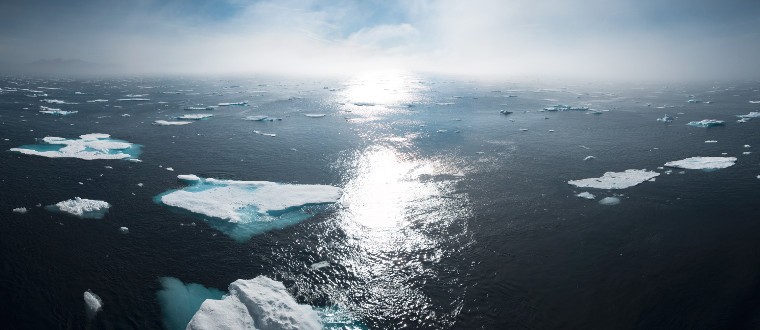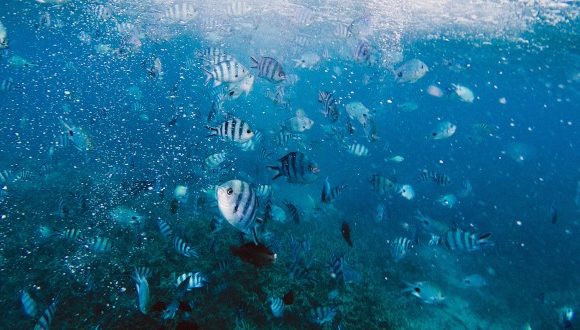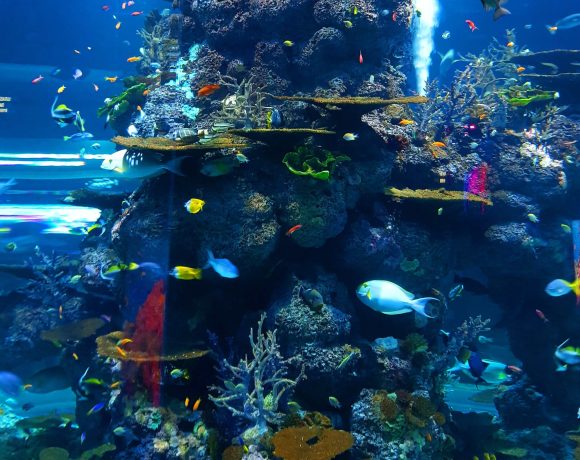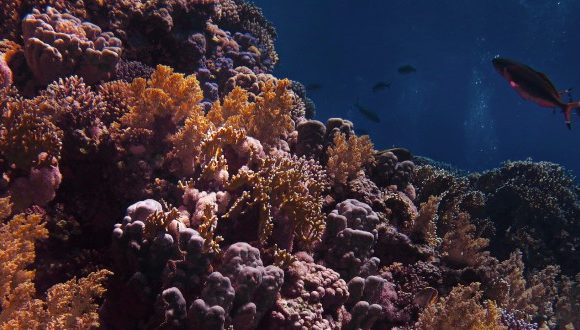Climate Change Is Driving Plankton Towards the Poles

None of us were prepared for what climate change would bring to the world. More than 7,000 years ago, the last ice age ended abruptly signaling the beginning of the modern climate era.
It also marked the start of human civilization and since then, the earth has changed so much due to warming oceans, increasing temperatures and shrinking ice sheets.
One of the biggest effects of climate change is happening in the ocean where some of its smallest but most significant inhabitants, the plankton is being forced to move towards the poles.
What is the plankton?
Plankton consists of a group of microscopic marine organisms including amoeba, bacteria and snail larvae that make up the base of the oceanic food chain.
Although these creatures are almost not seen with the naked eye, they play an important role in the marine ecosystem, which means that any disruption in their distribution could affect the entire marine population.
Why is plankton moving towards the poles?
A recent study looked into life in the ocean before human influence and how climate change has affected the distribution of plankton around the world. The study led by Lukas Jonkers, a paleoceanographer at the University of Bremen in Germany started by looking at foraminifera plankton fossils buried on the seafloor.
This single-celled zooplankton comes in different shapes and its shells are well preserved once buried on the seafloor. Examining these fossils provided the baseline for researchers to study the changes in the communities of plankton due to the effects of climate change.
The comparison between pre-industrial plankton and the communities today revealed that the species of modern foraminifera communities are different from their pre-industrial counterparts anywhere in the world. This means that the plankton has shifted towards the poles with an average median distance of over 350 miles.
“I never expected the results to be so clear,” Jonkers said. “What this means is that in general plankton species have shifted…to such a degree that their distribution is now systematically different from before significant human influence,” he added. Although the distance will vary greatly from communities, this movement is proof of how much climate change can affect the marine ecosystem.
Aside from the movement, researchers also found that the foraminifera communities from the pre-industrial era were so different from the communities where sea temperatures has changed the most. Plankton is an integral part of the food supply chain of the ocean.
Fishes, shrimps, lobsters and crabs all depend highly on plankton communities for food. The results of this study raise the alarm on how the marine ecosystem will respond and cope with the changing conditions that are forcing plankton communities to shift towards the poles.
“Species all shift range at difference paces and they now need to build new interaction networks, within species, but also with their new environment. But at the moment, we don’t know if they can adapt fast enough to ongoing climate change,” Jonkers explained.
References on Plankton movement
Climate Change Forces Plankton to Move
Plankton movement towards the Poles















